Baseballs Most Notorious Personalities
A Gallery of Rogues
Jonathan Weeks
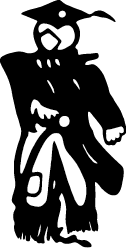
THE SCARECROW PRESS, INC.
Lanham Toronto Plymouth, UK
2013
Published by Scarecrow Press, Inc.
A wholly owned subsidiary of The Rowman & Littlefield Publishing Group, Inc.
4501 Forbes Boulevard, Suite 200, Lanham, Maryland 20706
www.rowman.com
10 Thornbury Road, Plymouth PL6 7PP, United Kingdom
Copyright 2013 by Scarecrow Press, Inc.
All rights reserved . No part of this book may be reproduced in any form or by any electronic or mechanical means, including information storage and retrieval systems, without written permission from the publisher, except by a reviewer who may quote passages in a review.
British Library Cataloguing in Publication Information Available
Library of Congress Cataloging-in-Publication Data
Weeks, Jonathan.
Baseballs most notorious personalities : a gallery of rogues / Jonathan Weeks.
pages cm
Includes bibliographical references and index.
ISBN 978-0-8108-9072-5 (cloth : alk. paper) ISBN 978-0-8108-9073-2 (ebook) 1. Baseball playersBiography. 2. Baseball playersAnecdotes. I. Title.
GV865.A1W4195 2013
796.3570922dc23
[B]
2012047692
 The paper used in this publication meets the minimum requirements of American National Standard for Information SciencesPermanence of Paper for Printed Library Materials, ANSI/NISO Z39.48-1992. Printed in the United States of America.
The paper used in this publication meets the minimum requirements of American National Standard for Information SciencesPermanence of Paper for Printed Library Materials, ANSI/NISO Z39.48-1992. Printed in the United States of America.

Acknowledgments
Special thanks to my editor at Scarecrow Press, Christen Karniski, for endorsing my work and for promptly providing answers to my numerous questions.
I would also like to extend my gratitude to several fellow SABR members: Jacob Pomrenke, who helped me better understand the White Sox scandal of 1919; Tara Krieger, who helped make the Johnny Allen piece stronger; Jan Finkel, who assisted with the Johnny Mostil bio; and Charlie Pall, who provided inside information about his great-uncle Johnny (Mostil).
Finally, I want to thank my father for promoting my first book and for inspiring so many of my passionate interests (one of which happens to be the greatest game ever invented). Youve always been my hero, Dad.

Introduction
Of the 17,000-plus players who have worn major-league uniforms over the years, not all were particularly nice or ethical. The activities of a handful were so heinous, in fact, that they left an indelible mark on the sport. Boston Beaneaters catcher Marty Bergen murdered his family in cold blood. Brooklyn Dodgers outfielder Len Koenecke attacked the pilot of a flight he had chartered in a maniacal attempt to crash the plane.
But baseball, like most human endeavors, has benefited from its dichotomous makeup over the years. Some of the sports most unsavory characters inadvertently altered the game in a positive way (though I am not suggesting they be commended for their actions). Such was the case with eight members of the 1919 White Sox, who conspired to throw the World Series. In response to the devious scheme, baseball streamlined its power structure and made a concerted effort to eliminate the pervasive influence of gamblers. Likewise, the actions of Carl Mays, who killed an opponent with a brushback pitch, necessitated rule and equipment changes that were long overdue.
Not all of baseballs so-called bad guys were particularly nasty. Some were greatly misunderstood or unfairly stigmatized. Others were highly reputable individuals who committed a single unforgivable act. Roberto Alomar was a model of propriety before he spit in the face of an umpire. Jim Bouton penned one of the most important sports books in baseball history only to be ostracized by peers and rejected by the establishment.
Just as we need heroes to inspire us, we need villains to show us how not to behave. Baseballs Most Notorious Personalities explores the flip side of fame and glory. Where there are heroes, there are also scoundrels, misfits, and scapegoats.
Welcome to the gallery!
Jonathan Weeks
Chapter one

The Mysterious and the Macabre
Marty Bergen
The biography of Marty Bergen is more unsettling than a well-crafted horror novel. He had almost everything a man could ask fornatural talent, a handsome salary, and a supportive family. But he was mentally unbalanced. Tormented by paranoid delusions, he brutally murdered his wife and children as they slumbered in his New England farmhouse. He ended the rampage with his own grisly suicide.
Born to immigrant Irish parents in North Brookfield, Massachusetts, Bergen got his start in organized ball with a local club known as the Brookfields. Hailing from the same community, Connie Mack was also a member of the team. Bergens eccentricities were apparent early on as he was known to sulk and stalk off the field if he felt he wasnt receiving adequate fan support. He squabbled with peers often, and in 1891, he engaged in a nasty fistfight with a teammate.
Bergen met his wife, a millworker named Harriet Gaines, the following season. The two were married in July of 1893. By that time, the volatile catcher had established himself as a hot prospect with an independent Northampton team. He joined the Eastern League briefly and ended up being drafted by the Pirates.
When Bergens contract with Pittsburgh was unexpectedly nullified, the Kansas City Blues acquired his services. Not only did he play stellar defense for the Blues, but also his .372 batting average landed him among the top hitters in the Western League. Still, he was considered a detriment to the club by president Jimmy Manning, who grew tired of Bergens incessant griping and foul disposition. The exasperated executive was more than happy to transfer Bergens contract to the Boston Beaneaters (later known as the Braves) in 1896.
Bergen spent four seasons in the big leaguesall of them with Boston. A lifetime .265-hitter, he enjoyed his finest offensive year in 1898, when he played in 120 games and established career-high marks with a .280 batting average, 60 RBIs, and 24 extra-base hits. He also gunned down a total of 96 would-be base stealers while accruing a range factor (average putouts and assists per game) of 5.17third best in the National League.
Boston won two pennants with Bergen behind the plate, and sportswriters were soon singing his praises. One contemporary referred to him as the greatest catcher who ever looked through a mask. His impact would be lasting as Yankee manager Miller Huggins later ranked him among the top three catchers of all time, behind Roger Bresnahan and Johnny Kling. Huggins knew a thing or two about greatness, having piloted three world championship squads in the Bronx.
Off the field, Bergen is said to have had an amiable relationship with his three children, Martin, Joseph, and Florence. He was sometimes spotted by neighbors playing with them contentedly on the familys North Brookfield property. But on the diamond, Bergen was at war with the entire league. By May of 1896, the troubled star was already having problems with Boston teammates. A reporter described him as a sullen, sarcastic chap who avoided peers and was perpetually discontent.

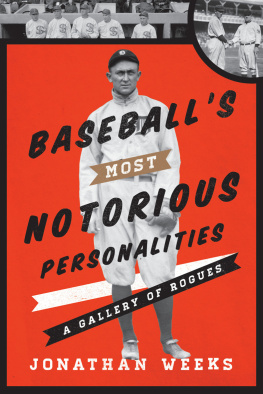
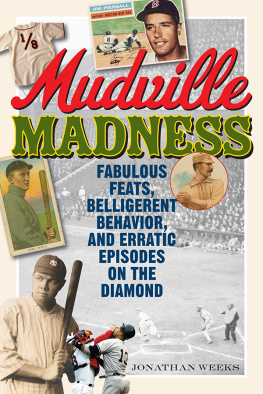

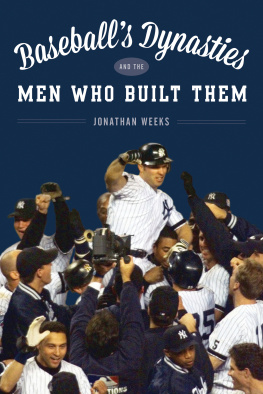

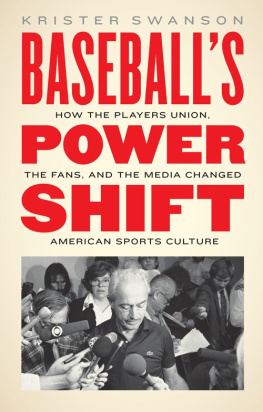
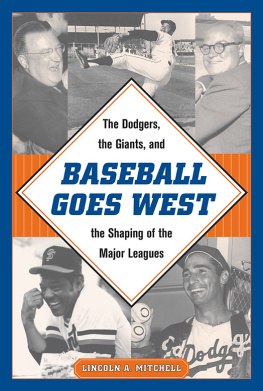
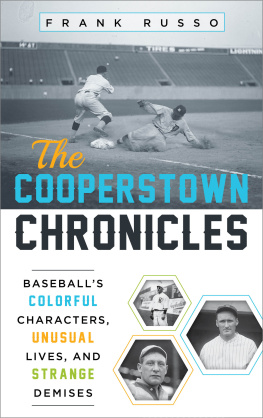
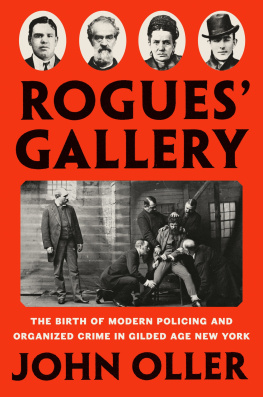
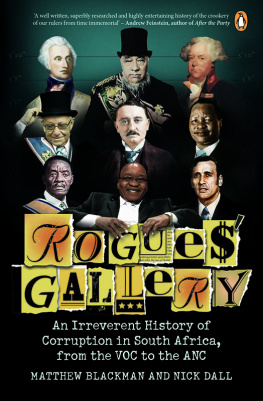
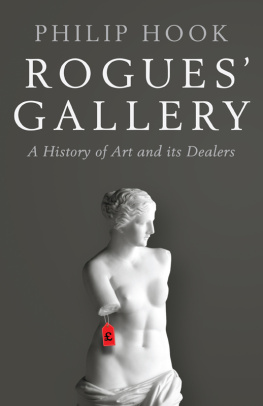

 The paper used in this publication meets the minimum requirements of American National Standard for Information SciencesPermanence of Paper for Printed Library Materials, ANSI/NISO Z39.48-1992. Printed in the United States of America.
The paper used in this publication meets the minimum requirements of American National Standard for Information SciencesPermanence of Paper for Printed Library Materials, ANSI/NISO Z39.48-1992. Printed in the United States of America.

